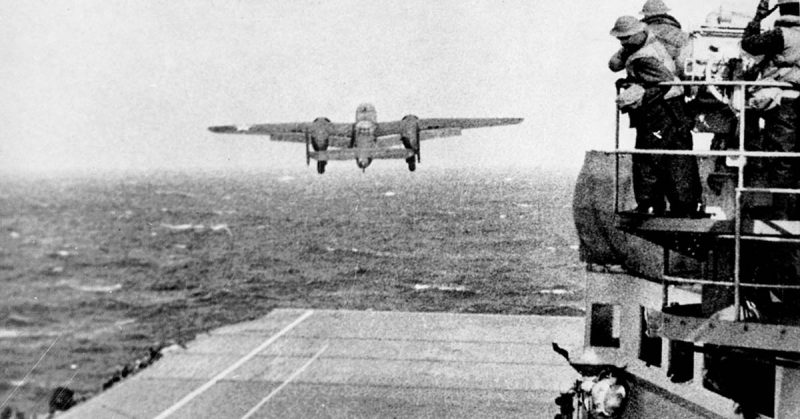Often, war is no different than your average street fight regardless of how crude that might seem. When a man is punched in the nose, it is often entirely worth it to the fighting spirit of that man to punch the other back at all costs. Such was the case for the famed Doolittle raid over Japan in the aftermath of Pearl Harbor.
Doolittle and his men were not supporting a ground assault and nor were they taking out strategic Japanese industry. And yet, with but a small margin to survive they risked all to remind the enemy that they had, in fact, picked a fight the Americans were more than happy to oblige. The physical damage they inflicted on the Doolittle Raid was not significant by World War II standards, but the mental effect it had on the Japanese people and high command would be unprecedented.
No longer was Japan immune from the fight they had waged across the Pacific for years. No longer could the Japanese mainland be left remarkably undefended and when American bombers would return in full force some two years later they would finish the work started by Jimmy Doolittle and his famed Raiders. And for their leader who volunteered to take them in, it would result in the nation’s highest military honor and the respect of every military aviator to ever take to the skies.
From Pearl Harbor to Japan
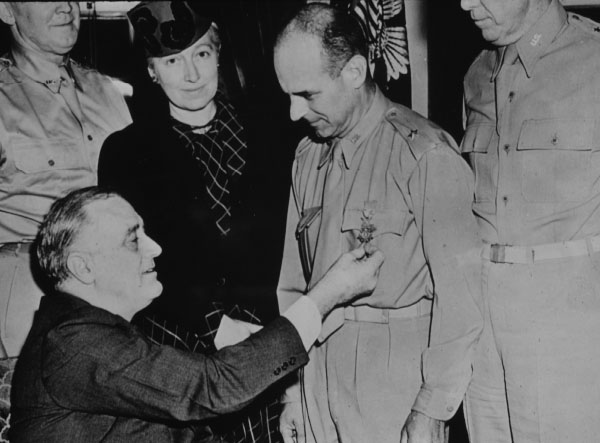
On December 7th, 1941, the United States endured what many consider the most decisive surprise attack in modern military history. With the Americans virtually unable to defend themselves, the Japanese picked their targets at will and ravaged the American Pacific Fleet. Shocked and angered at the horror of it all, the United States rallied for war and began preparations to fight back.
Despite the decisive victory to come nearly four years later, the months that followed the attack on Pearl Harbor didn’t go any better for the Americans. Additional ships were sunk, territory taken, and thousands of men forced to surrender in the Philippines and endure the infamous Bataan death march.
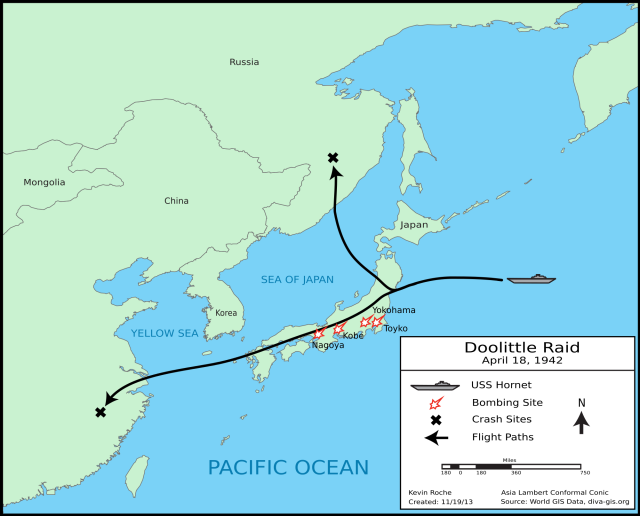
But unbeknownst to the Japanese and in fact to most Americans, President Roosevelt had ordered in the weeks after Pearl Harbor that the Japanese mainland be attacked at the earliest possible date. For such a daunting task, America turned to its famed test pilot Jimmy Doolittle.
As well as planning the attack, Doolittle was to lead the raid himself, knowing full well that the odds of survival were low. Volunteers were recruited being told only that they were signing up for a dangerous secret mission vital to the war effort where the odds of survival were small. 79 men signed up to join Doolittle, and each one would earn a special place in history as a result along with the Distinguished Flying Cross.
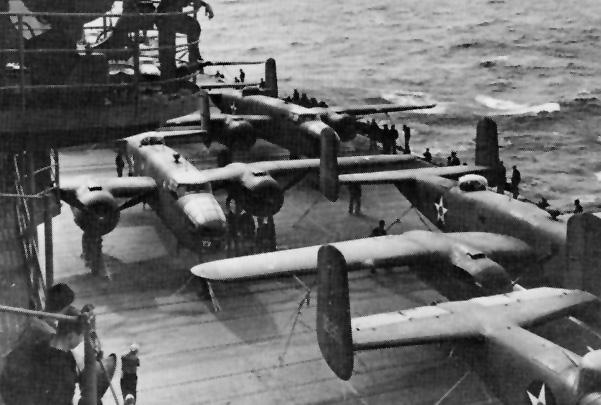
The path would be treacherous as to approach the Japanese mainland would require breaching their stout sea defenses in stealth and then reaching out from hundreds of miles away by air. To do so would require B-25 bombers to be modified to take off from the USS Hornet aircraft carrier and maintain enough fuel to land safely in friendly occupied China.
All was proceeding according to plan when a Japanese fishing boat spotted the USS Hornet over 100 miles out from their intended launch zone. Rather than scrap the mission or risk the loss of the carrier, Doolittle ordered his pilots into the air.
Striking the Heart of the Enemy
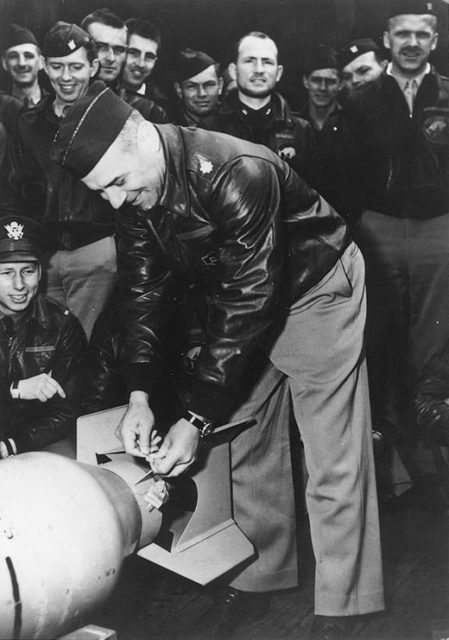
The early launch meant fuel would be at a minimum and the chance of making it to China all the less likely. And yet, for the men who willingly embraced what seemed like a suicide mission this is a fact to which they had already come to terms. Striking out, all 16 B-25s made it to the Japanese mainland striking military targets in Tokyo and nearby. The Japanese were able to get off some anti-aircraft fire but, in every way that mattered, they were completely surprised by the attack.
With the mission complete, Doolittle’s men were now facing a dwindling fuel reserve and limited time to make it to China. One plane was burning through fuel at a faster than expected rate and opted to head for Russia rather than China where they were captured and interned.
The rest did their best to make it, but in the end, all 15 aircraft had to crash land or see their crews bail out in the process. Three of the men were killed during the bailout while eight would be captured by the Japanese. Four would die in captivity. Jimmy Doolittle was fortunate enough to survive the raid but thought little of what he had just accomplished.
Realizing he had lost all 16 aircraft and feeling he had caused minimal damage to the Japanese, Doolittle reported himself that he fully expected to be court-martialed upon his return. But much to his surprise, he returned to an elated nation, a thankful military, and a President of the United States ready to award him the Medal of Honor.
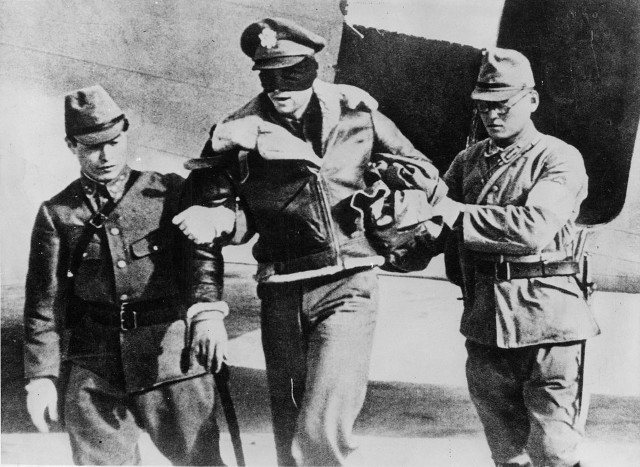
While the damage of the symbolic attack might have been perceived to be minimal, its effects were far-reaching. Realizing that the Japanese homeland was not invincible, the Japanese reallocated resources to defend the homeland at great cost to their efforts throughout the Pacific.
The morale and will of the United States people were brought from rock bottom to all time heights knowing they had gifted violence back to the enemy in their very own capital. And for the men of the Doolittle raid, they would realize they had accomplished one of the most remarkable feats of the entire war.
A Final Toast to Honor
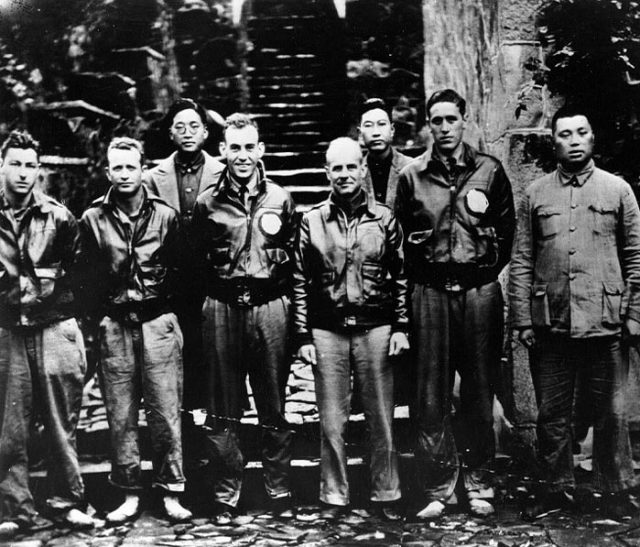
Of the 80 men who set out that day, seven would never see home again. During the subsequent years another 11 would give their lives in continued combat and by war’s end, only 62 of the Doolittle Raiders would remain. In an event as symbolic as the raid itself, on every April 18th, the remaining Doolittle Raiders would gather for a toast to remember the fallen and commemorate this historic action.
In the 1950s, the men were presented with a case of 80 silver goblets inscribed with the names of each raider. Each year as they gathered, they would toast the fallen and turn the goblet of the newly deceased upside down.
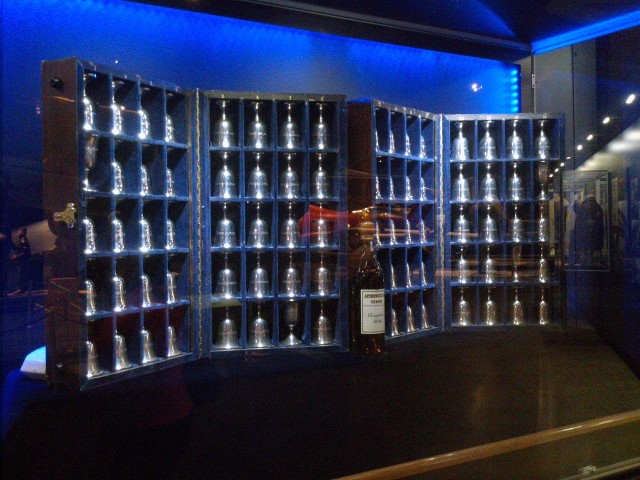
Jimmy Doolittle’s goblet was turned in 1993 and today only four goblets of the 80 remain unturned. And yet, in 2013 the final act of symbolism was completed when three of the remaining four honored their beloved commander. Within the case of Goblets was a bottle of Hennessy Cognac from 1896, the year of Doolittle’s birth. It was agreed that this bottle would only be uncorked as the men became few and each year could be the final toast.
That occurred in 2013 when three of the final four gathered for a ceremony at the National Museum of the United States Air Force. On Veteran’s Day of all days, the final remaining men ever increasing in age popped the cork and honored their fallen commander one last time.
For a man who took on a suicide mission and believed he was to be court-martialed because he perceived it a failure, the respect and admiration of the men he led is perhaps worth more to the spirit than the Medal of Honor itself.
Doolittle’s raid rallied a nation reeling from the strikes of an aggressive enemy and earned a place in the history of war that cannot and will not ever be forgotten.
